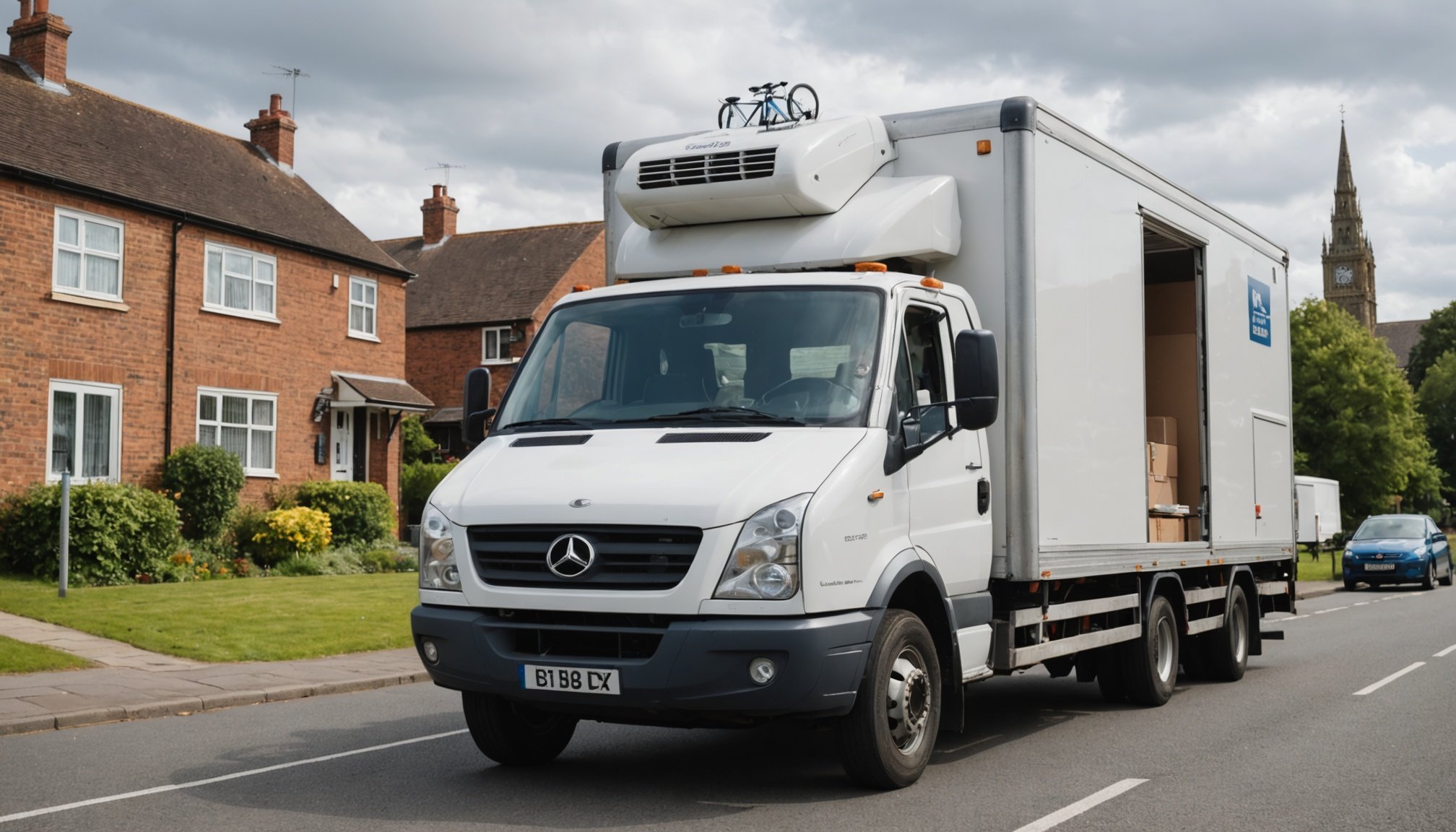Understanding the Importance of an Emergency Plan
When preparing for a move, an emergency plan can be a real lifesaver. This strategic guide details how to address unexpected situations on moving day, ensuring you’re ready for any hurdles. It’s not just about packing boxes; it’s about foreseeing and tackling potential obstacles.
A well-structured emergency plan is crucial for managing unexpected challenges that arise during moving day. Emergencies can include sudden weather changes, vehicle breakdowns, or even missing items. Each of these can disrupt your schedule and create unnecessary stress.
The scope of an emergency plan in moving day preparation covers everything from financial contingencies to a list of emergency contacts. Think of it as a safety net, allowing you to react swiftly instead of panicking. For example, knowing who to call if your hired van breaks down can save valuable time.
In the UK, unexpected challenges can include unpredictable weather conditions, such as rain that might delay loading. Additionally, road works or traffic jams can alter your route. Being aware of these potential issues beforehand helps in crafting an effective emergency plan, making your move as smooth as possible despite any surprises that may occur.
Key Challenges in Moving Day Situations
Moving day can be filled with unexpected challenges that complicate the process. Weather is one such challenge. Unfavourable conditions like rain or snow can make transporting belongings difficult. This can increase the risk of damage and accidents, urging the need for effective risk management strategies.
Transportation issues also play a role in moving day woes. Traffic jams, road closures, or vehicle breakdowns can lead to significant delays. It’s important to have a backup plan in place, like alternate routes, to manage these common issues efficiently.
Another layer of complexity comes from fixture-related problems, such as property access. Narrow stairways or small elevators can make it difficult to move large items. Additionally, interruptions in utilities like electricity or water can further aggravate the situation. Before moving, it is wise to verify access logistics and utility continuity at the new place.
Anticipating these common issues can help in reducing stress and making the process smoother. Managing these risks by planning ahead can save time, money, and a lot of headaches. Understanding the potential hurdles can empower you to tackle moving day confidently and efficiently.
Crafting Your Emergency Plan
When preparing for a move, developing a robust Emergency Plan is crucial. Having a set plan ensures that any unforeseen issues are addressed swiftly and efficiently, providing peace of mind.
Steps to Create an Emergency Plan
First, outline the Emergency Plan Strategies by determining potential risks related to your moving process. For each identified risk, brainstorm actionable responses. To achieve this,:
- List possible scenarios, such as unexpected weather conditions or transport delays.
- Define solutions, like rescheduling activities or securing an alternate route.
Incorporate a comprehensive Moving Day Checklist including essential contact numbers and backup arrangements.
Essential Elements of the Plan
Your plan should include key elements:
- Contact information for all involved parties.
- Detailed timelines for moving procedures.
- Location of critical possessions and documents.
Provision for food, water, and essential medication adds extra security for the day.
Involving Professional Help
Professional moving services can further reinforce your plan. Their expertise allows for:
- Efficient packing and transport, alleviating time constraints.
- Professional handling of heavy or delicate items, ensuring safety.
Hiring professionals means leveraging their resources, which contributes significantly to fulfilling the plan accurately and within deadlines. Investing in their services can save stress and ensure your move proceeds smoothly.
Building a Moving Day Checklist
Preparing a Moving Day Checklist is crucial for a smooth relocation experience. Begin by listing essential items needed for emergencies. These might include a first-aid kit, flashlight, extra batteries, and basic tools. Ensuring such items are readily accessible can prevent last-minute panic.
Organising your checklist according to different moving scenarios can be incredibly helpful. Consider scenarios like a rainy day move, where waterproof coverings or towels might be necessary. Alternatively, if pets are being moved, include pet essentials like carriers and food.
Backup plans are essential for critical items, such as ensuring you have digital copies of important documents in case originals are misplaced. Knowing the location of these items at all times will bring peace of mind.
Here are some preparation tips to enhance your checklist:
- Categorise items by rooms to expedite unpacking — label boxes accordingly.
- Keep a set of personal essentials, such as toiletries and clothing, for quick access.
- Plan the logistics of the moving day in advance; confirm transport and coordinate with movers early.
By following these outlined steps, creating a Moving Day Checklist becomes more thorough and effective, making the daunting task of moving more manageable.
Communication and Coordination
Effective communication with your moving team is crucial in ensuring a smooth relocation. Establishing a clear communication plan can help keep everyone on the same page and address any unexpected changes swiftly. It’s advisable to discuss preferred communication methods, such as phone calls or messaging apps, with your team before the moving date to ensure that no details are overlooked.
Coordination plays a vital role when stakeholders are involved, particularly during an emergency. Quick responses are essential, and having a backup communication strategy is beneficial. It might help to designate responsible individuals for leading and organizing different aspects of the move, allowing problems to be addressed efficiently.
Regarding contact information, compiling a list of local services and emergency contacts in the UK can be lifesaving. This list should include:
- Police and medical services.
- Roadside assistance for vehicle issues.
- Utility companies for any emergency callbacks.
Ensure every team member has access to this contact list and understands when to reach out. These proactive strategies in communication and coordination can alleviate stress, enhance collaboration, and lead to a successful move.
Post-Move Considerations
After moving, it is crucial to engage in post-move planning. This begins with assessing the effectiveness of your emergency plan. Examine whether all contingencies were addressed and if your preparations adequately met your needs.
Follow-Up Actions
Address any unresolved issues by taking immediate follow-up actions. Determine which complications arose during the move and establish a strategy to prevent them in future relocations. Engage with all involved parties, including movers or helpers, to understand what went wrong and devise solutions.
Assessing Challenges
Identifying and analyzing the challenges encountered during the move is essential. Did any specific tasks cause delays or lead to unexpected expenses? Use these insights to refine your plan, ensuring a more streamlined process the next time you move.
Importance of Feedback
Feedback is invaluable during this phase. Gathering opinions from everyone involved helps highlight blind spots in your preparation and execution. Encourage candid discussions to learn from mistakes and emphasize positive aspects to replicate in future scenarios. This assessment and learning process enhances the overall efficiency and can alleviate stress in subsequent moves, turning challenges into a learning experience.











